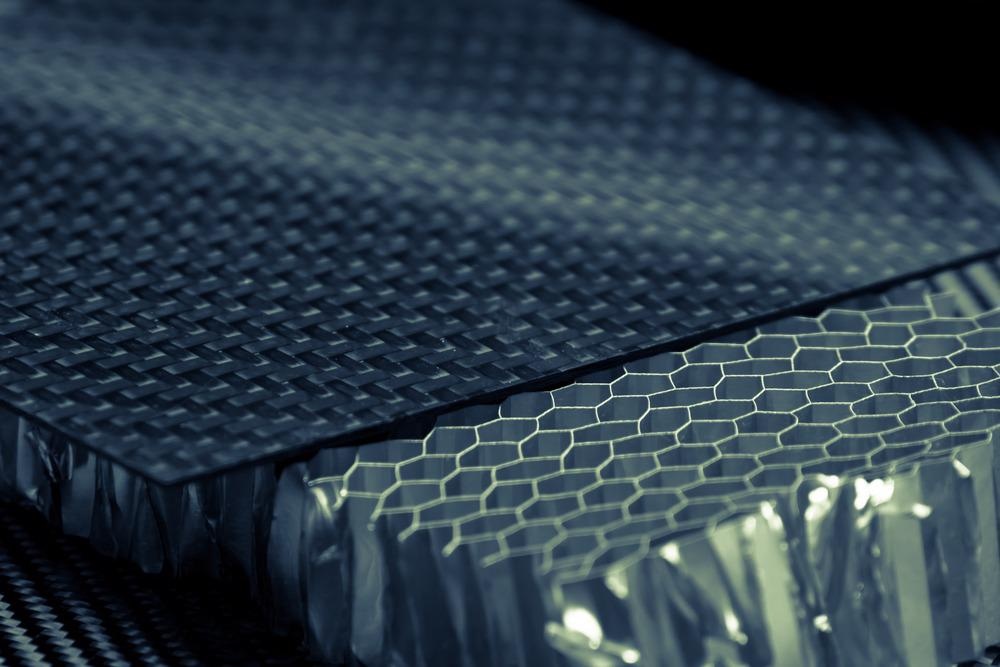In an article recently available as a pre-proof in the journal Carbon, a novel method was discussed to synthesize and make stable carbon skeletons for high-performing supercapacitors involving both tin oxide as well as carbon nanofibers.

Study: Constructing a novel carbon skeleton to anchor Sn/SnO2 nanodots for flexible supercapacitor with excellent rate capability. Image Credit: Composite_Carbonman/Shutterstock.com
What are Supercapacitors?
With the depletion of nonrenewable energy supplies such as fossil fuels, green technology and sustainable sources have received much interest from research and industry.
Supercapacitors (SCs) have a capacitance value much higher than usual capacitors and have a number of benefits over other energy storage devices, including quick charging and discharging process, high power density, and extended cycle life. They can hold around ten to a hundred times more amount of energy or mass than electrochemical batteries, accept and deliver charge much faster than rechargeable batteries, and are able to withstand several more charging and discharging cycles than common batteries.
Supercapacitors have commonly been found with materials having high-temperature stability, good conductivity, low cost and chemical inertness at extreme operating conditions. These supercapacitors have applications in day-to-day engineering gadgets.
Supercapacitors are employed for regenerative brakes, brief power repository, or burst-mode power delivery, instead of long-term condensed energy storage. Thus, they are highly suited for temporary energy storage where bursts of energy are required at regular intervals.
Nanotechnology and Supercapacitors
SCs act as a link across regular capacitors and fuel cells. Traditional capacitors have a higher energy density, whereas fuel cells offer high-energy storage technologies. Due to the larger surface area of their electrodes, supercapacitors have greater capacitances than regular capacitors.
Although a multitude of factors influences the efficacy of energy storage systems, the structure and qualities of the constituents have a significant impact on overall performance. Different innovations, including graphene, carbon nanotube, hexagonal carbonitrides, carbides and perovskites, as well as architectures like zero-dimensional nanomaterials, 1D nanostructures, 2D nanostructures, as well as 3D nanostructures, for effective energy storage, have been created as a result of recent advances in nanotechnology.
Tin Oxide (SnO2) and Carbon – A Perfect Match
Due to its high anticipated capacity, plentiful reservoir, and eco-friendliness, tin-based compounds (SnS2, SnO2, Sn) have recently been extensively employed as electrochemical devices for Lithium-ion batteries and SCs. Throughout the charging-discharging cycle, however, the limited volume expansion and conductivity result in substandard electromagnetic interaction among both the collector as well as the electrode containing SnO2, affecting cyclic reliability and charge transfer of the electrode and limiting the use of tin-oxide in chemical and electrical energy storage systems.
Numerous studies have been administered to reduce the size of SnO2 to reduce volume expansion, although particle aggregation of nanostructure SnO2 has been reported after numerous charge/discharge cycles. Another option is to use SnO2/Carbon based composite to buffer volume growth as well as to increase conductivity thanks to the wonderful features of carbon-based substances namely chemical inertness, strong electrical permeability, and multi-dimensional composition.
However, most of the SnO2 nanoparticles in these generated SnO2/carbon-based composites are dispersed across the surfaces of the carbon composite material and cannot be securely bonded to the carbon - based materials, allowing SnO2 to aggregate and drop off from the carbon skeleton throughout charge-discharge cycles.
Proposed Solution
In this study, the researchers propose a facile method to develop carbon skeletons for supercapacitors through a carbonization process. This process was determined to enhance the chemical characteristics and stability. The product was developed and tested for its performance by the researchers. The remarkable electrochemical performance reveals that this new carbon skeleton-based active material has boundless deal of possibilities for electrochemical devices.
The Future – What to Look Forward To?
The encouraging electrochemical results of carbon skeletons suggest that a rational design may be used to create a novel flexible electrochemical material that can address the ever-increasing demand for wearable materials as well as other SCs required products. The amount of work done in this field is breaking previously established quality barriers.
Reference
Li, Z., Zhang, C., Bu, J., Zhang, L., Cheng, L., & Wu, M. (2022). Constructing a novel carbon skeleton to anchor Sn/SnO2 nanodots for flexible supercapacitor with excellent rate capability. Carbon. Available at: https://www.sciencedirect.com/science/article/pii/S0008622322002652?via%3Dihub
Disclaimer: The views expressed here are those of the author expressed in their private capacity and do not necessarily represent the views of AZoM.com Limited T/A AZoNetwork the owner and operator of this website. This disclaimer forms part of the Terms and conditions of use of this website.